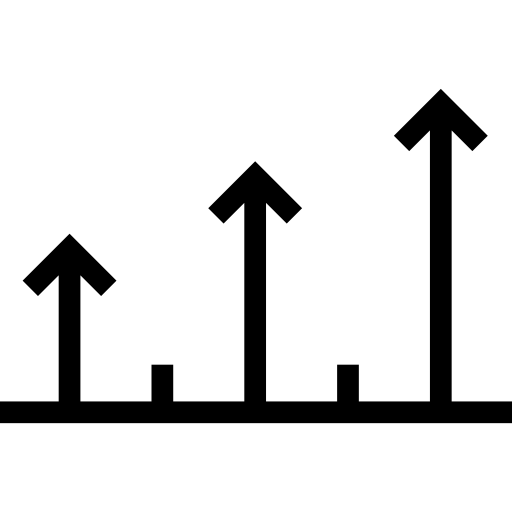
Starting date : May 2015 > Apr. 2018
Lifetime: 36 months

Program in support : H2020-MG-7.2a-2014Towards seamless mobility addressing fragmentation in ITS deployment in Europe

Status project : complete

CEA-Leti's contact :
Etienne Labyt
Bernard Strée

Project Coordinator: CNIT (IT)
Partners: - AU: Fluidtime
- ES: Azkar, Bilbao
- FR: CEA-Leti
- IT: Consorzio Nazionale Interuniversitario per le Telecomunicazioni, CRAT, Trenitalia
- NO: Oslo, Sintef

Target market: n/a

Publications:
“Feature and Sensor Selection for Detection of Driver
Stress”, S. Ollander, Chr. Godin, S. Charbonnier, A. Campagne,Third International Conference on Physiological Computing Systems – PhyCS 2016, Lisbon, Portugal, 27th and 28th July 2016.
“Transportation mode recognition based on smartphone
embedded sensors for carbon footprint estimation”,
L. Oana, V. Andrea, 19th International Conference on
Intelligent Transportation Systems – IEEE ITSC 2016,
Rio de Janeiro, Brazil, 1 - 4 November 2016.
“Real time monitoring of traveller’s psychological stress”,
G. Vila, S. Ollander, Chr. Godin, E. Labyt, S. Charbonnier,
A. Campagne, 8th International Congress on Transportation
Research - Accepted Paper, 27-29 September 2017,
Thessaloniki, Greece.

Investment: € 4.0 m.
EC Contribution: € 4.0 m.

| Stakes
CEA-Leti has a twofold objective:
To develop an algorithm for automatically assessing the user transportation mode to define the user modal share (e.g. User A never rides a bike, User B never takes a plane, etc.)
To develop an algorithm for automatically assessing the user stress level. Transport mode and user stress level are both used for inferring traveler profile in the BONVOYAGE project.
CEA-Leti is working with 2 types of sensor:
Two Android Apps were delivered at the end of the project: a Mobility Observer and a Stress Observer.
Mobility Observer includes data logging from smartphone sensors with optimized data compression; the algorithm processes the data in real time for recognizing the user transport mode. Transport mode recognition is ensured at a mean performance of 84%, when a GPS signal is used, and of 74% without a GPS signal. Mobility Observer has been optimized to minimize smartphone battery consumption and to be robust to smartphone orientation.
Stress Observer includes connection to an Empatica wristband to acquire the physiological data recorded by this wearable and the algorithm monitoring the user stress level by real time processing of physiological parameters. A calibration step is also included to ensure a user-tailored model for the stress monitoring. Stress Observer therefore takes into account inter-subject variability. Performance of the stress monitoring algorithm has been assessed for real-life recordings from a few traveling subjects. Results have indicated that the mean performance is 96.5% for monitoring user stress level. In BONVOYAGE project’s final step, the functions of user transport mode recognition and stress level monitoring have been embedded in the BONVOYAGE App, which provides a Doorto-Door Journey Planning platform.
The BONVOYAGE platform is supported by an innovative information-centric communication network that collects and distributes all the data required. The highly heterogeneous, distributed and mobile nature of data from data centers, sensors, vehicles, goods and people on the move calls for an innovative networking paradigm. Current networks (e.g. Internet) limit themselves to “just” providing communication channels between hosts. Our paradigm, called Internames, allows communications among entities identified by names without the constraint of static binding to a particular location. The request of a “user” (be it a person or a parcel) to travel from source to destination is managed by the platform with several tools: Metadata Handler collects and elaborates data related to the request and generates a corresponding Context; User Profiler creates a personalized profile, conveying requirements including Quality of Experience parameters and special needs; Multi-Objective Optimizer develops personalized travel instructions, optimal for the Context and User Profile. The user may provide feedback before accepting the travel itinerary. If a trip is not available at the requested time, the user is notified if it becomes available later. An Actuator triggers the necessary services. A Tariff Scheme Designer exploits platform data to define multi-part tariff schemes. BONVOYAGE trials and demonstrates the platform and communication network in integrated, large-scale, real life application scenarios, incorporated into the normal business operations of our transport operator partners.
IMPACT
The BONVOYAGE system is based on scalable federated architecture, which clusters national routing services and data sources, and implements Directive 2010/40/EU. A first multimodal door-to-door journey schedule based on a federated infrastructure in Norway, Spain and Italy, was delivered at the end of the project and is open to all transport operators wishing to use the platform. Trenitalia has embedded several BONVOYAGE platform functions in its own App.
|
|